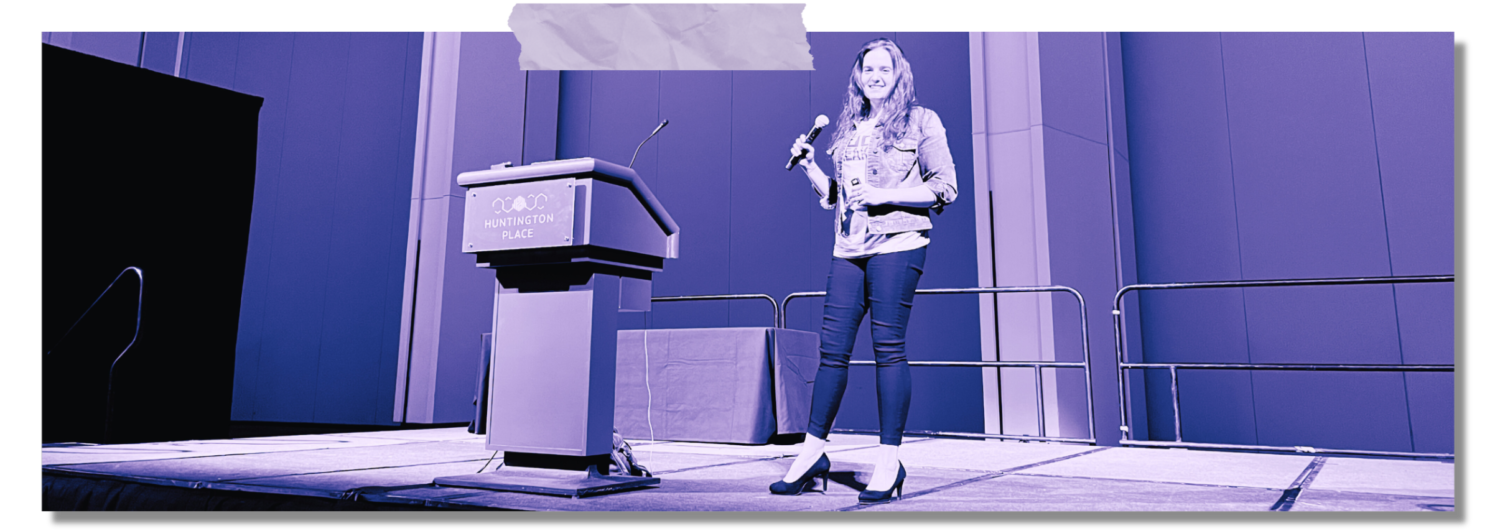When we meet young learners for the first time, there are key questions we have. Can they recognize letters and numbers? Can they count? Can they spell their name? We also want to know if they can communicate with peers and if they can express themselves in age-appropriate ways. There are diagnostic assessments we can do and conversations we can have to find these things out. Sometimes we need neither, the answers are glaringly obvious.
But what do we do with this data once we have it?
We plan accordingly.
When our students can do these things, we move them forward. When they can’t, we take a step back, ask ourselves why, and like the former, plan to move them forward from their entry point – meeting them where they are, not where they should be. Brian Aspinall poses the question, “Why do we focus on students’ weaknesses at school when they will pursue their strengths in life?” This is an important reflection. One that can turn our current view of traditional education on its head.
How are we thinking about those that don’t fit the learner profile for their age or grade level? Are we giving them the same opportunities to take risks and be challenged? Or are we stopping them from exploring learning that the data suggests they won’t be successful with? Could the data be biased?
Does our conversation begin with “…my kids can’t do that…” or are we finding ways to work with our learners to scaffold their learning so they can be successful and challenged?
What we need to be cognisant of is our assumptions about what our students can and can’t do based on the data – and not just the academic data. Quite often, academic data is a result of procedural regurgitation and memorization.
When we think about the integration of technology–more specifically computer science–into our programs, many are still inclined to think that the concepts and processes are too complicated for young learners and/or those who don’t fit a typical learner profile for their age or grade level. But that is what makes our students unique. The fact is, these are the learners who will often shine when technology is involved because, quite often, it doesn’t feel like ‘school’.
Why?
Because it requires a different kind of thinking; a kind of thinking that isn’t linear or black and white. Computer scientists–computational thinkers–see problems differently. They see puzzles, they see algorithms, they break down problems into pieces and solve each individual piece–seemingly without effort. Computational thinkers learn from their mistakes rather than dwell on them. They look for new opportunities to take risks and to get uncomfortable.
Many tend to assume that a student who can’t spell their name, recognize letters or numbers, or struggles to communicate their needs would not be successful at thinking computationally, but without giving them an opportunity to explore, we rob them of discovery. The data suggests that this type of learning would be too difficult. I’ve been an educator for 17 years and still, I am guilty of underestimating students based on this data even though I’ve been proven wrong time and time again.
Sometimes my littlest learners are my best teachers.
And what they remind me of time and time again, is that often, what’s most important, is what the data doesn’t tell us.

Pingback:What The Data Doesn’t Tell Us